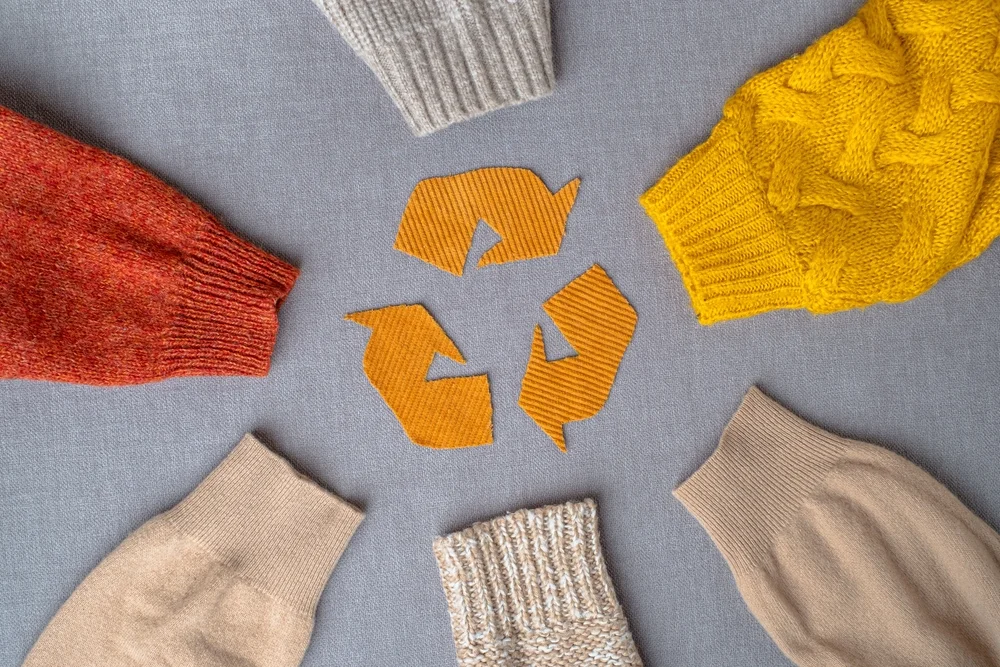Key Takeaways
- Understanding the importance of sustainable textile sourcing in today’s fashion industry.
- Critical strategies for sourcing eco-friendly textiles.
- Benefits of sustainable practices for both business and the environment.
Introduction to Sustainable Textile Sourcing
In today’s fashion industry, sustainability is no longer just a buzzword; it’s a necessity. Understanding sustainable textile sourcing has become crucial for businesses aiming to reduce their environmental footprint. This is where reliable fabric suppliers play a significant role. They provide the essential raw materials that enable companies to create eco-friendly products without compromising quality or cost. Sustainable textile sourcing involves choosing materials and processes that have a minimal negative impact on the environment while ensuring these materials’ longevity and ethical production.
Why Sustainable Textile Sourcing Matters
Given the escalating worries about environmental decline and global warming, it has become crucial to implement sustainable practices in textile procurement. Opting for sustainable textile sourcing helps alleviate the adverse environmental effects of traditional textile production methods, such as excessive water usage, chemical pollution, and greenhouse gas emissions. By choosing more sustainable options, fashion labels may dramatically reduce carbon impact and encourage healthier ecosystems.
Moreover, consumers are becoming progressively conscious of the environmental impact of their purchases. This change in consumer behavior underscores businesses’ need to embrace sustainable textile sourcing to meet the rising demand for eco-friendly products. Embracing sustainability benefits the environment boosts brand reputation, and fosters customer loyalty.
Critical Strategies for Eco-Friendly Textile Sourcing
- Choose Certified Suppliers: Always select suppliers with recognized sustainability certifications, such as GOTS (Global Organic Textile Standard) or OEKO-TEX. These certifications ensure that the fabrics meet stringent environmental and social criteria, ensuring that the textiles are produced environmentally friendly and socially responsible. By partnering with certified suppliers, companies can confidently market their products as sustainable and gain the trust of their customers.
- Opt for Organic Materials: Materials like organic cotton and bamboo are more sustainable alternatives to conventional fabrics. These materials are grown without harmful chemicals, which benefits both the environment and the farmers. Organic cotton, for example, uses significantly less water and energy compared to conventional cotton, reducing its overall environmental impact. Bamboo is an excellent material for sustainable textiles because it proliferates rapidly, is renewable, and requires minimal pesticides and water.
- Embrace Recycling: Using reused textiles decreases the requirement for new materials and aids in efficiently managing waste. Recycled polyester from used plastic bottles is becoming more popular in the fashion sector. This substance redirects plastic waste from landfills and consumes less energy than new polyester. By integrating reused fabrics into their offerings, brands can showcase their sustainability and circular fashion dedication.
- Local Sourcing: By sourcing textiles locally, businesses can reduce transportation emissions and support local economies. Local purchasing develops more robust ties with suppliers while reducing the carbon footprint of long-distance shipping. It also shortens lead times, allowing brands to respond more quickly to market demands and reducing the risk of overproduction. Supporting local economies through sustainable sourcing practices can enhance a brand’s social responsibility and community engagement.
Challenges in Implementing Sustainable Practices
Despite the numerous benefits, adopting sustainable textile practices has inherent challenges. These include higher costs, supply chain complexity, and a limited number of certified suppliers. Initially, sustainable materials and processes may come at a higher price, posing a challenge for businesses with tight budgets. The potential for long-term advantages, including minimized environmental footprint, enhanced brand image, and heightened customer dedication, frequently surpasses the initial costs.
Supply chain complexity presents a significant challenge for businesses striving to ensure sustainability at every production stage. Navigating the complexities of verifying sustainability claims, maintaining transparency, and enforcing ethical practices throughout the supply chain can be daunting. Limited access to certified suppliers further complicates the challenge, as the demand for sustainable textiles often exceeds the available supply. Companies need to invest in building strong relationships with suppliers and exploring innovative sourcing solutions to overcome these hurdles.
Technological Innovations Driving Sustainability
Technological progress plays a crucial role in advancing sustainable textile sourcing. The industry is being transformed by innovations such as dyeing techniques that use no water, biodegradable fabrics, and blockchain for transparent supply chains. For instance, waterless dyeing reduces the large amounts of water traditionally required for dyeing fabrics, leading to the conservation of water resources and reduced water pollution. These technologies not only promote sustainability but also enhance efficiency and product quality. Natural and renewable sources provide biodegradable fabrics as an eco-friendly option to synthetic materials. As these textiles end their lives, they organically decompose, minimizing waste and its environmental impact. Blockchain technology has a significant impact since it allows for supply chain traceability and transparency. By integrating blockchain, companies can guarantee that sustainable practices are maintained at every stage, from sourcing raw materials to delivering finished products. This transparency builds consumer confidence and allows brands to make more informed and ethical sourcing decisions.
The Future of Sustainable Textile Sourcing
The future of sustainable textile sourcing looks promising as more brands and consumers prioritize sustainability. Governments and international organizations are also supporting sustainable practices through regulations and incentives.
As awareness grows, sustainable textile sourcing will likely become the norm rather than the exception. Consumers increasingly demand brand transparency and accountability, pushing the industry towards more sustainable practices. Businesses that embrace sustainability will be better positioned to thrive in the evolving market, attracting environmentally conscious consumers and staying ahead of regulatory changes. Innovation and cooperation are essential for the fashion industry to effect positive change and build a more sustainable future.
Conclusion
Sustainable textile sourcing is a crucial element of modern fashion and textile industries. Adopting best practices and utilizing technological advancements can significantly lessen companies’ environmental impact while bringing economic advantages. Although the transition may pose challenges, the benefits for businesses, consumers, and the planet justify the effort. Embracing sustainability in textile sourcing helps create a healthier environment and establishes brands as responsible and forward-thinking leaders in the industry.


